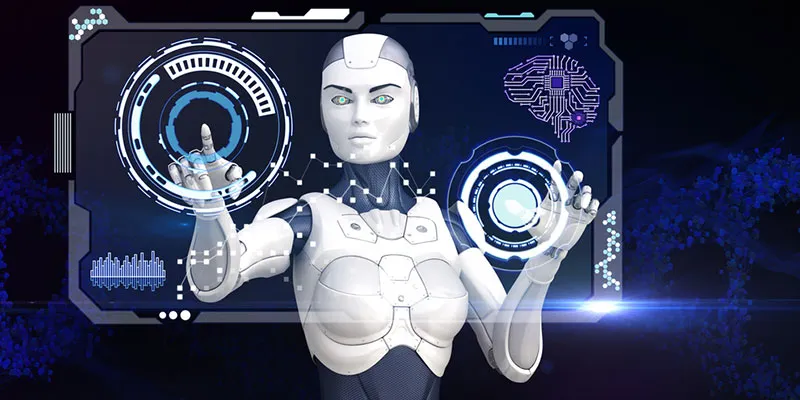5 channels Indian marketers need to focus on to keep up with the times
India has the second-highest number of internet users in the world and the number is increasing at a phenomenal rate of 30.5 percent each year — a figure that far surpasses the ones recorded by every other country. This growth, driven by ever-improving internet connectivity and smartphone usage, is drastically changing the Indian ad sector. While TV and print still dominate the ad market, digital advertising is growing fast (it recorded a 15.5 percent growth in 2016) and is expected to be a Rs 25,500 crore business by 2020.

Image : shutterstock
Technology is advancing at a greater rate than we’ve ever witnessed before, and users are adapting to new platforms and devices with remarkable alacrity. If marketers don’t do the same, they risk being disconnected from their audience. The importance of digital advertising is not even in question; selecting the right way to go about it, however, is the new challenge facing marketers. Here are five things Indian marketers need to focus on to stay relevant in the coming years.
Mobile
In 2015, only 24.3 percent of the Indian population accessed the internet through mobile devices. But, with smartphone adoption increasing at a steady rate, the figure is expected to rise to 37.4 percent in 2021. Marketers need to keep up with this trend and craft more mobile-focused marketing strategies. Optimising your website for mobile and leveraging location to create more relevant ads is a must. Also, as the purchasing power of Indians continues to increase especially in rural areas, brands need to improve accessibility through mobile devices.
Video
Images and blog posts are easier to create as compared to video content. But video is currently the most important data format for marketers and is expected to hold the crown for the foreseeable future. Videos, especially short ones to cater to internet users' dwindling attention spans, can have a huge impact on a company's marketing efforts. With social media giants like Facebook, Instagram, and Snapchat pushing for a video-first strategy with features like live streaming and ‘Stories’, it has become easier for marketers to share impactful videos with their audiences.
Wearables
Wearable devices are gaining popularity in India; the International Data Corporation reported a 41.9 percent rise in the Indian wearables market in Q2 2016. This offers marketers a new advertising portal to connect with consumers. Creating advertisements tailored for wearables is a challenge that marketers currently face, but such devices offer an invaluable resource for marketers: data. These devices, which are constantly monitoring their users, provide highly accurate physiological and behavioural data which can then be used by advertisers to better understand their customers’ context and create more relevant and effective ads.
Artificial Intelligence
AI-based technology is becoming mainstream thanks to advancements in machine learning. The likes of Google, Amazon, and Facebook have released AI-centric chatbots, smart devices, and personal assistants which are changing the way users interact with technology. Though currently popular only in a few countries, it won't be long before India catches up in this sector. Marketing with artificial intelligence, then, will certainly be of key importance to advertisers in the coming years.
IoT, VR, and AR
Internet of Things (IoT), virtual reality (VR), and augmented reality (AR) are the touted as the most important impending technological advancements. VR and AR technologies will soon allow marketers to connect with consumers using immersive and engaging storytelling experiences that have a greater emotional impact on viewers. IoT devices, too, will allow brands to get more user data and target specific customers with personalised advertising and services.
Some of these technologies (mobile and video) are well-established, some are halfway through the process (wearables), while others are yet to take off (IoT, AR, VR) in India. But one thing they all have in common is that their usage is only going to increase in the following years.







